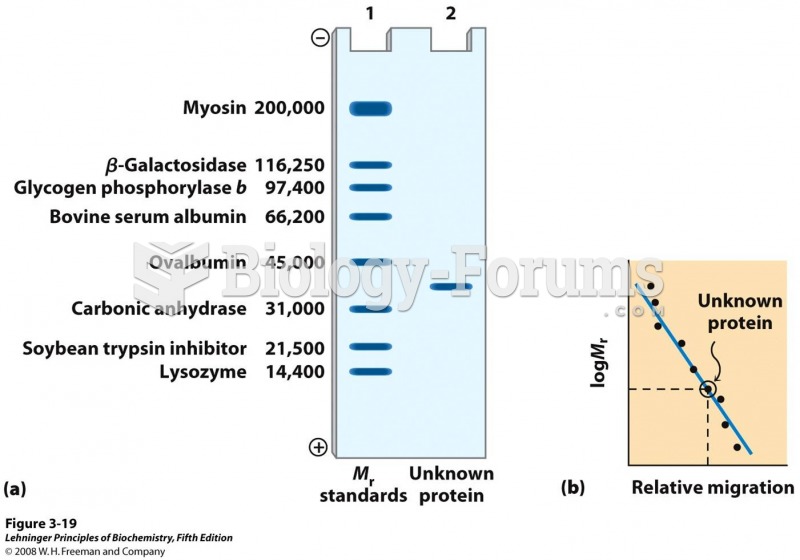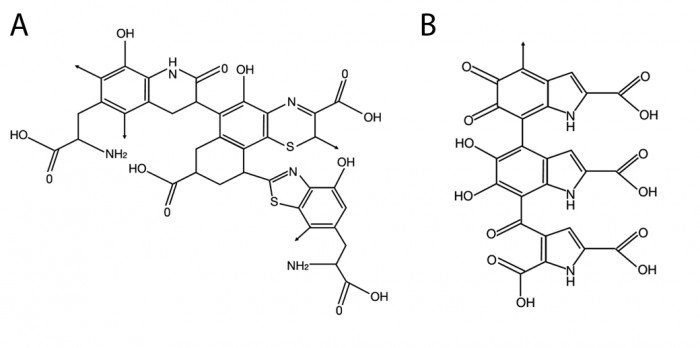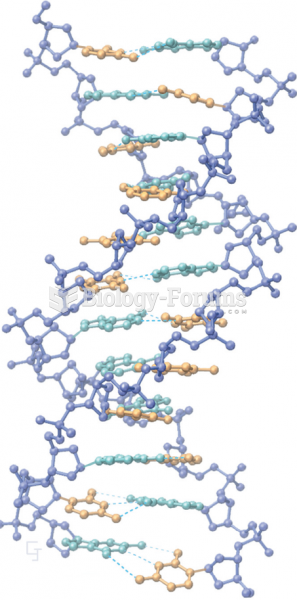X is a naturally occurring terpenoid with the molecular formula C
10H
18O. It is isolated from geranium oil. X reacts with (
S)-BINAP-RuCl
3 and (
R)-BINAP-RuCl
3 to form A and B, respectively. Identify X.

a.
Naproxen
b.
Geraniol
c.
Cannabinoid
d.
Curcuminoid
Question 2Identify X and Y in the following reaction.

a.
X is 1-methylcyclopentene, and Y is Br
2/H
2O in DMSO.
b.
X is cyclopentene, and Y is Pd/H
2.
c.
X is cyclopentadiene, and Y is H
2O.
d.
X is 2-methylcyclopentadiene, and Y is Br
2 in DMSO.
Question 3Identify the correct statement for the given reaction given.

a.
I and IV are nucleophiles.
b.
Only I is a nucleophile.
c.
II and IV are electrophiles.
d.
Only II is an electrophile.
Question 4Provide a neatly drawn mechanism for the following reaction, including curved arrows to show the movement of pairs of electrons and the structure of reactive intermediates.

Question 5Provide a neatly drawn mechanism for the following reaction, including curved arrows to show the movement of pairs of electrons and the structure of reactive intermediates.

Question 6Provide a neatly drawn mechanism for the following reaction, including curved arrows to show the movement of pairs of electrons and the structure of reactive intermediates.

Question 7Provide a neatly drawn mechanism for the following reaction, including curved arrows to show the movement of pairs of electrons and the structure of reactive intermediates.

Question 8Provide the structure of the key intermediate in the following reaction?

Question 9Provide the structure of the key intermediate in the following reaction?

Question 10Provide the structure of the key intermediate in the following reaction?








